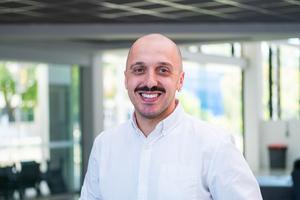Overview
- Caruana’s study, published in Royal Society Open Science, confirms that the timing of eye contact within a gaze sequence determines whether observers perceive a call for help
- In a block-building task involving 137 participants and a virtual partner, the sequence of looking at an object, making eye contact and returning gaze to the object proved most effective at signaling a request
- Participants interpreted identical gaze patterns from human avatars and robots in the same way, highlighting equivalent processing of nonverbal cues across agent types
- Insights from the research offer a framework for designing social robots, virtual avatars and communication-training programs that leverage intuitive gaze patterns
- HAVIC Lab will now explore additional factors—such as gaze duration, repeated looks and beliefs about agent identity—to deepen understanding of eye-contact communication

